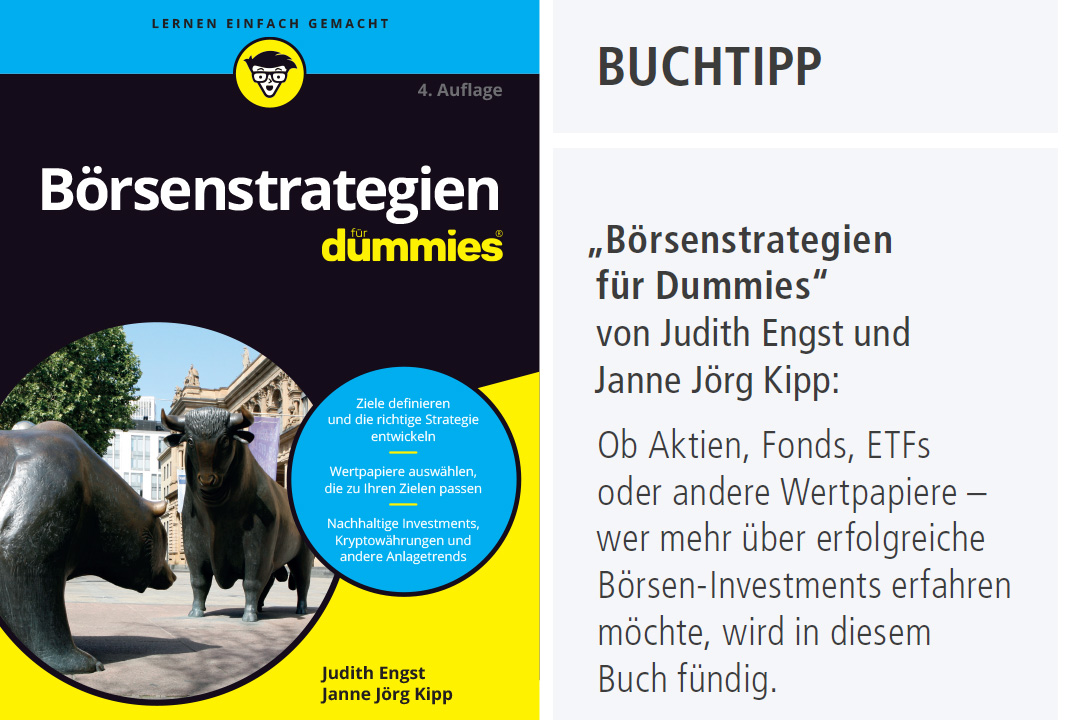Approach 1: Exclusion criteria
Investing according to exclusionary criteria is fairly straightforward. Certain sectors and companies are excluded from investment from the outset because they are considered to be environmentally harmful overall. However, everyone applies different standards. For some, nuclear power is taboo, which means that various power plant manufacturers are excluded from the list of potential investments. Others avoid fossil fuels, which excludes power generators as well as oil and gas producers. If you don’t want anything to do with dangerous chemicals, you’ll have to stay away from pharmaceutical companies, pesticide manufacturers and seed producers. Avoiding genetic engineering can also lead to the exclusion of food producers. But such a blanket approach seems ill-conceived. After all, it is not uncommon for companies to be excluded, that use their profits from conventional business to make their future business ‘greener’.
Approach 2: Positive criteria
Which sectors contribute to greater sustainability? This question can also be used to create a positive list: a list of companies to invest in. Examples include wind power operators, solar manufacturers, recycling companies, producers of sustainable building materials or healthy organic food. The water treatment sector is also included. On the face of it, this approach sounds plausible. However, there are only a few listed companies that make all or most of their money from the business in question. If only such companies are allowed, the choice is very limited, the companies concerned are often smaller and their shares therefore riskier.
Approach 3: Best in class
Here there are no exclusions or restrictions to particular sectors or business areas. Instead, each sector is analysed according to its environmental performance. For example, a car manufacturer could be classified as ‘green’ if it uses the least amount of energy in production. This sounds practical and pragmatic. But the question is how much does this approach live up to the claim of being ‘green’?
Approach 4: ESG
The majority of funds advertised as ‘sustainable’ use this acronym. It stands for environmental (E), social (S) and governance (G). As you can see, in addition to environmental criteria, this approach also applies standards relating to socially desirable objectives. For each of these three areas, E, S and G, there are a number of sub-criteria against which companies are rated. Here too, however, there is a lack of a standardised and therefore transparent approach for investors.
The bottom line
If you want to invest sustainably, you should not simply rely on funds and ETFs in green packaging. It is worth taking the time to think about what is important to you. Then it is possible to find public companies that are conventional but offer cutting-edge technologies that really benefit the environment. There is a whole chapter on this in the book below (however only in German)


Judith Engst, MBA, born in 1970, is a business and financial journalist who mainly writes advice articles. She has written several books on the topics of the stock market, investment, law & taxes and communication, including “Geldanlage für Dummies”.
Rolf Morrien, born in 1972, studied history, economics and politics in Münster and Vienna and then trained as a business journalist in Bonn. Since 2002 he has been editor-in-chief of the stock market service “Der Depot-Optimierer” (among other things with a focus on “sustainable investments”).

TEXT: Judith Engst and Rolf Morrien

